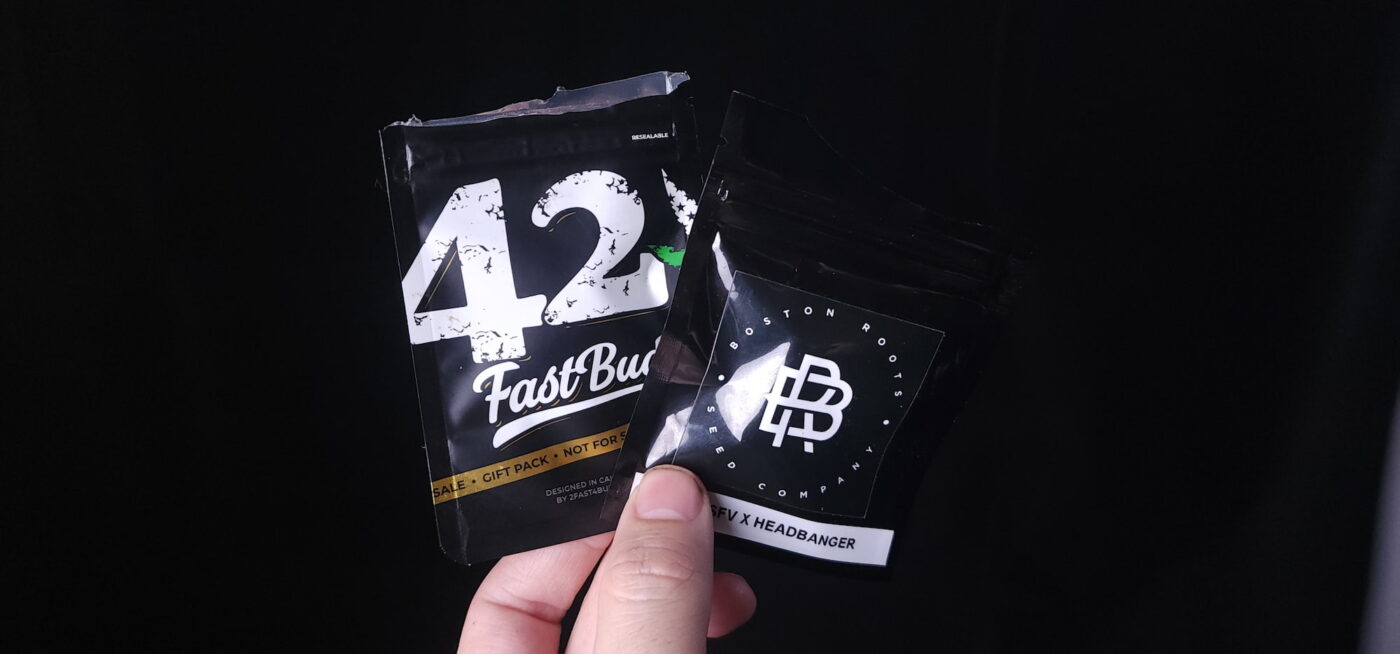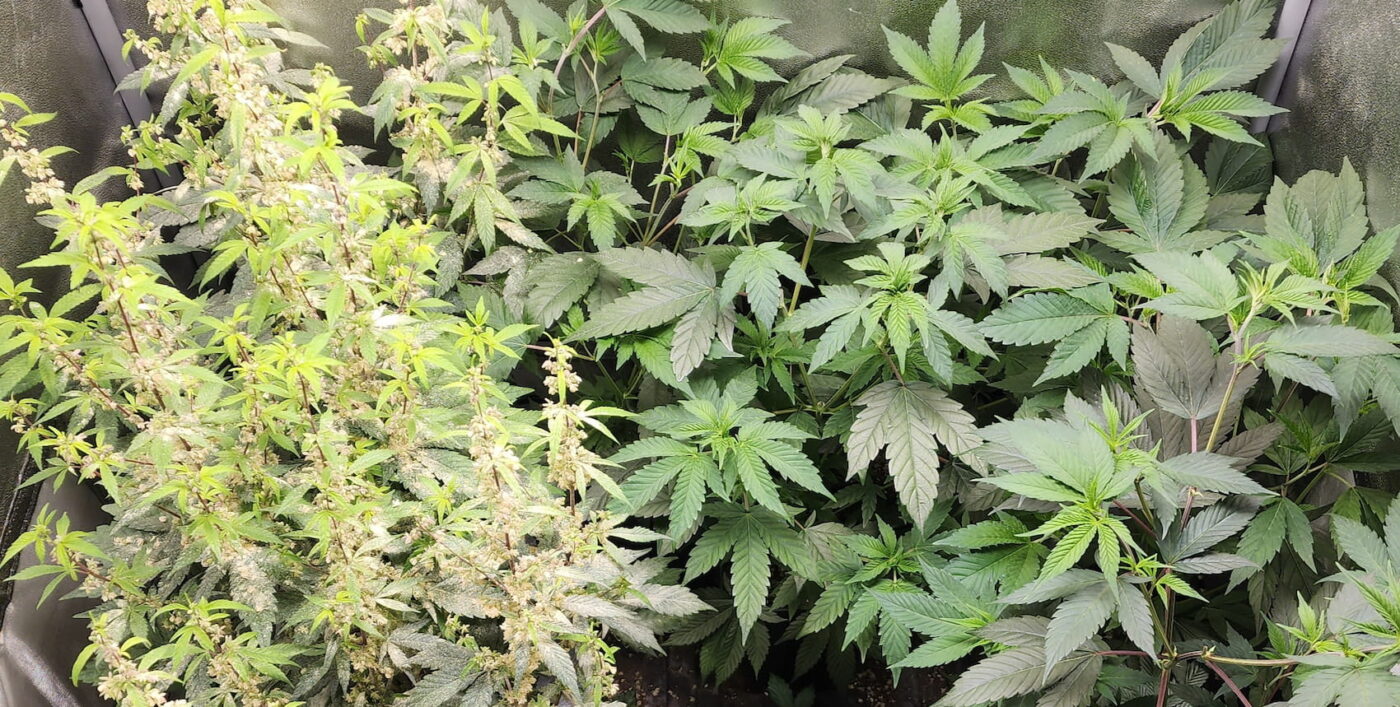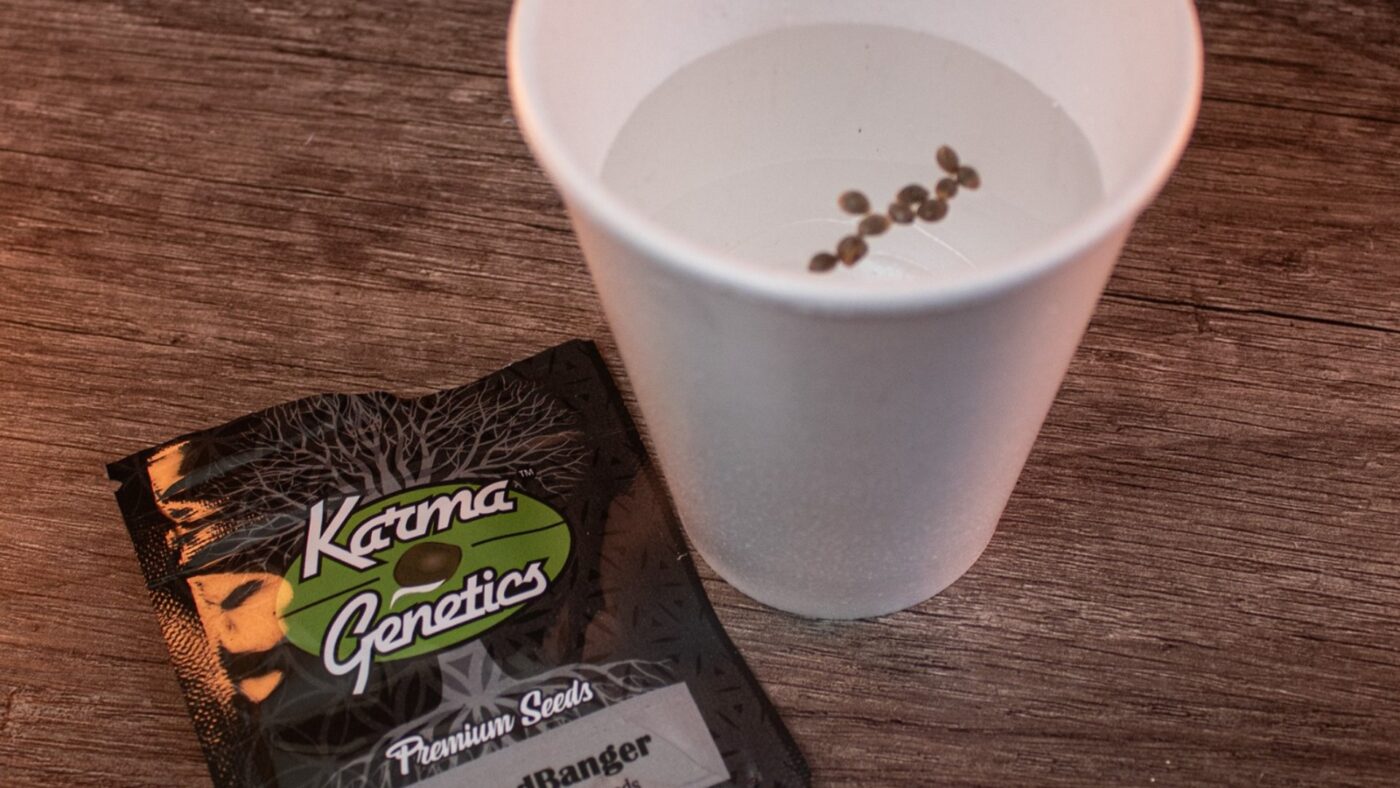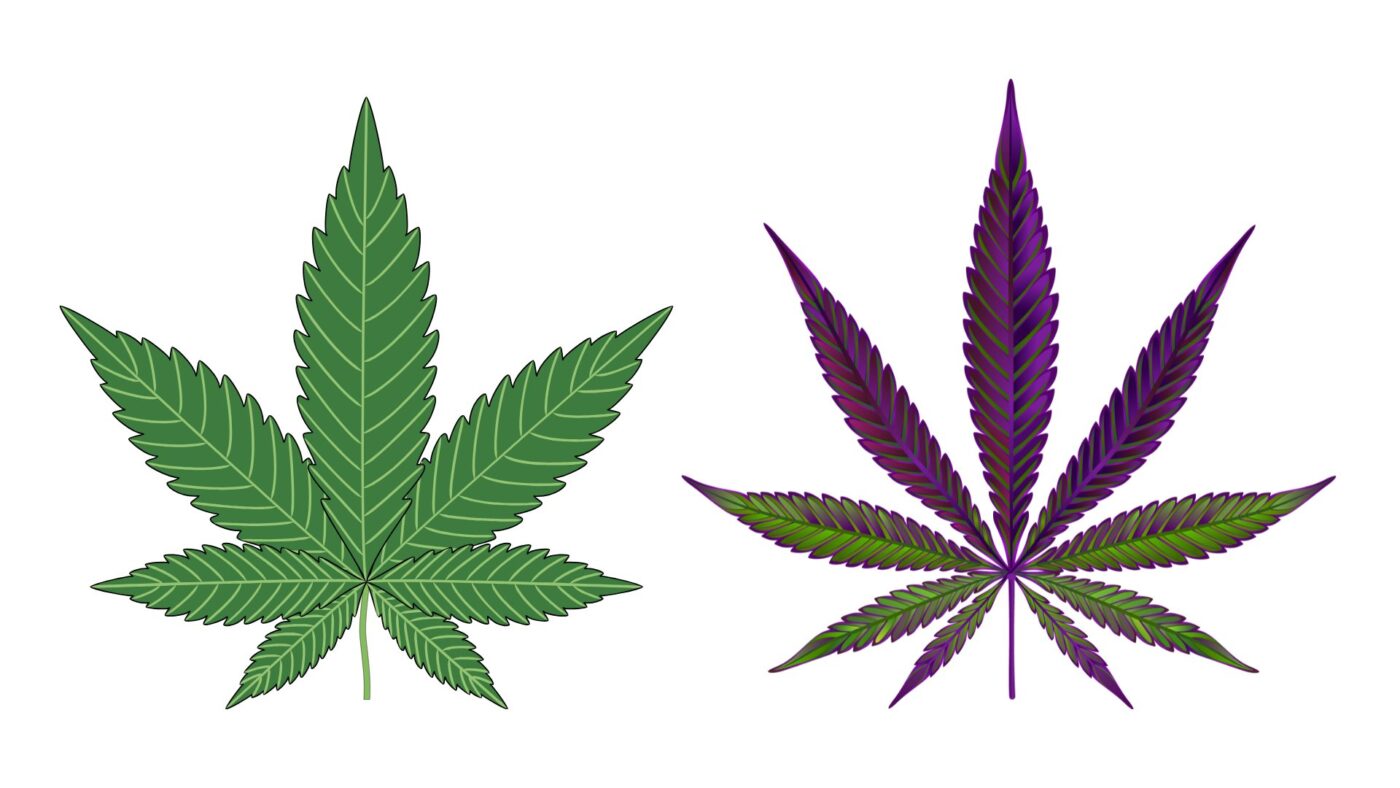Cannabis genetics is a journey, and it can take years to fully understand all the details. In fact, many growers never dig that deeply and assume it’s as simple as picking a strain that has an enticing description. With over 25,000 sales – we’ve got an excellent grasp on the mistakes that new growers make when buying seeds and want to ensure you don’t make the same mistakes. These are some of the most common mistakes we’ve seen, and how to avoid them.

1. Sticking With Budget Genetics
Cheap seeds are an excellent way to learn how to grow. Their affordable price point means you won’t be wasting thousands of rands before you’ve dialed in your germination process. It also means you can buy a lot more seeds for the same price, something that appeals to a lot of outdoor growers or those working with limited space.
However, budget cannabis seeds aren’t going to give you the same quality as premium alternatives that go for more money. That’s cause carefully selected breeding can take years and refining a strain to be stable and high quality takes a lot of time and money on the breeder’s part. Budget genetics tend to come from lesser-quality plants, ones that haven’t been as rigorously selected and so there’s a ceiling that gets hit quite quickly.
After 3 to 5 successful harvests, it’s worth exploring higher-quality seeds, which is the best way to improve the quality of your flower. Granted, you’ll still need to grow them well – but a cheap seed grown well, will almost always pale compared to premium seeds that are grown well.
Once you feel comfortable in your germination and growing skills, consider trying something from American breeders like Exotic Genetics, Lit Farms, In House Genetics etc. These strains are almost always going to be frostier, more unique and in many cases tastier too.

2. Not Understanding The Difference Between Auto, Feminized and Regular Seeds
It’s understandable that new growers may not know the difference between auto, feminized and regular cannabis seeds – but if you’re one of them, don’t worry. I’ll cover everything you need to know about these three main categories of seeds and which may be best for you.
Regular
Regular seeds are the standard variety, they’re created when a male plant pollinates a female in flower. The resulting seeds will have a somewhat even distribution of male and female plants. So if you pop 10 regular seeds, you can generally expect between 4 to 6 males and 4 to 6 females. The exact ratio is luck of the draw, but overall there’s nothing being done to alter the gender distribution between seeds.
Regular seeds aren’t ideal for new growers as when they flower, you’ll probably want to get rid of the males anyway since they can’t produce flower and will only seed up your crop. Instead, regular seeds are best suited to pheno hunters looking to find more unique plants and don’t mind separating the males from the females come flower time.
They’re also essential for those looking to do traditional line breeding, where a male is essential to take the line further.
Feminized
Feminized seeds, on the other hand, are ideal for beginners and those with limited space. The wonderful thing about feminized seeds is that every seed in the pack will be female, meaning you don’t need to get rid of any male plants and can more precisely calculate your run.
Feminized seeds are created by reversing a female plant so that it produces pollen and is able to pollinate another female plant (or itself). When a plant is reversed onto itself it creates what is known as an S1 seed. S1 seeds have narrower gene pools and thus tend to have more stable expressions than general F1 (first generation) crosses with regular male and female combinations.
Autos/Autoflowers
Autoflowers are a very unique type of seed and plant that has its origins in the natural Ruderalis cannabis plant. Its most distinct feature is that it automatically goes into flower based on age, and doesn’t rely on light cycle changes to flower, in the same way that traditional cannabis plants do.
For Ruderalis, this evolutionary trait occurred over thousands of years, due to the long summer days and long winter nights. While other varieties of cannabis could get adequate lighting in the respective latitudes to evolve into a photoperiod plant (a plant that relies on light cycle changes to flower), Ruderalis had to adapt to its climate.
Autoflowers do have some drawbacks though, that every grower should be aware of:
- They can go into flower at any time, but usually between 2 and 5 weeks of veg – meaning the first few weeks is essential to reduce stress and encourage explosive growth.
- Since they only veg for a few weeks, they’re usually smaller plants that yield less.
- Growers may need to adapt their feeding to be less aggressive than with regular cannabis plants.
- They can often be stressed out from transplant, so it’s common to plant them directly into their final container from the start.
- Topping and defoliating can reduce yields with sensitive plants, so using low stress training techniques is more common.
- Depending on the breeder, and the lineage – they are sometimes not as potent as traditional cannabis, but this is usually because of direct Ruderalis crosses which haven’t been bred for better yields.

3. Thinking Dutch Breeders Are Still The Pinnacle of Genetics
Now don’t get me wrong, there’s plenty of amazing plants to be found in Dutch genetics, but there’s an open discussion to be had around the perception of Dutch seeds compared to the modern reality. You see, in the 1990s, Amsterdam was considered by many to be the Mecca of cannabis, and with reason.
Although the United States were still behind many popular strains of the time, Amsterdam was still producing unique and inspiring strains, especially within Hazes. Regardless, in the 90s and even early 2000s Holland was considered an authority in breeding.
Things have changed a bit. Owed largely to government shutdowns of growing facilities that happened in Holland in the early 2000s.
Today, the United States is widely considered to have the best collection of breeders, with more unique breeding projects and more legal room to work with. This while Dutch seed banks play catch-up with the advances in American genetics. As it happens, it’s usually the countries with the most legal leeway that dominates the market, owed in part to the extra space for breeding and “pheno hunting”.
So don’t fall into the trap of thinking that Dutch genetics are the pinnacle, they’re a good first choice after moving from budget white label seeds – but by investing more in a trusted US breeder, you’re more likely to get accurate representations of the strains you’ve read about online.

4. Expecting Every Seed From a Certain Strain To Be The Same
If you buy a fresh pack of seeds, you may assume that since they’re all the same strain that they’ll look, grow or taste the same as each other – but that’s not the case. While a few breeders still work on stabilizing their genetics, most of the market has forgone that in favour of getting out new hype releases in a timely manner. That’s cause the cannabis market has become largely driven by hype and once people are over the flavour of the month they look for the next hot thing.
To better understand why this variation exists, you can think of any other type of breeding. Say you have two cats, one black and one white. When they breed, their DNA is passed onto their offspring, and although some kittens may look the same, depending on the parental genes they may look completely different.
That’s the same with seeds. If you take a thin, purple male plant and cross it to a stocky, green female plant – the offspring are likely to be a combination of both parents. There are some cases where gene dominance can make certain traits more likely to be expressed, but by and large – variability is a natural part of the process.
Line breeders will often do the first generation cross and then continue breeding the offspring, selecting plants that are similar to each other in their next crosses. Since there’s less variation each generation (when selected correctly), they are able to narrow the gene pool which also narrows the amount of different phenotypes (phenotype refers to the individual physical expressions of a cannabis plant).

5. Putting Too Much Emphasis On Indica vs Sativa
For decades, the cannabis industry put a heavy focus on Indica and Sativa as ways to classify strains and their effects. For a long time it was assumed that Sativas are uplifting and Indicas are sedating, however, recently there have been some significant changes to the way we think about these classifications, owed largely to the increase in research afforded by a more relaxed approach to cannabis studies.
We now know that it’s much deeper than just an Indica and Sativa classification, and that a strain’s effects are instead determined by what has become known as the entourage effect. The encourage effect describes how both terpenes, cannabinoids and other compounds work together to create the effects felt.
It’s also now accepted that cannabis Indica and Sativa strains can both have compounds that promote an uplifted and energetic effect or a relaxing and sedating one.
That’s not to say these classifications are completely useless though. Many Sativas, by their nature are more likely to possess terpenes like Terpinolene than Indica varieties – which often result in a more clear-headed effect. And Indica varieties are more likely to have Myrcene, which is quite relaxing.
With most strains now being hybrids, even classifications of Indica and Sativa more often refer to dominant expressions more than the actual lineage.
Still, one shouldn’t put too much weight into these classifications as they don’t really indicate the full picture. Instead, spend some time learning the different terpenes and their effects, and look for strains that align with those that you prefer.

